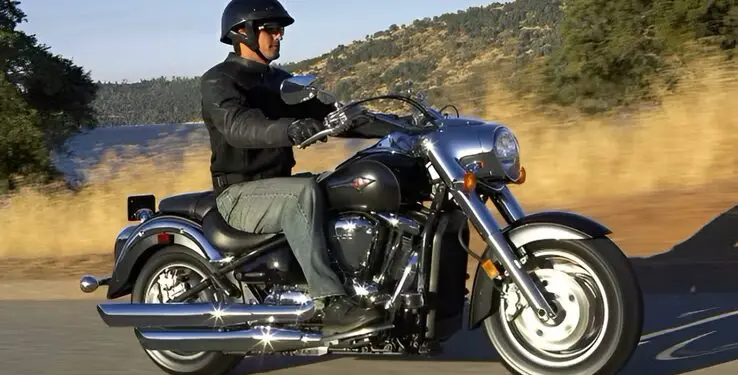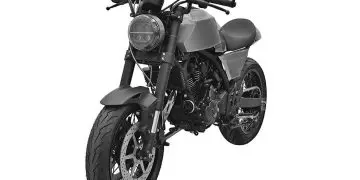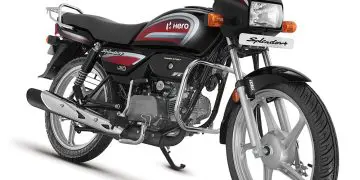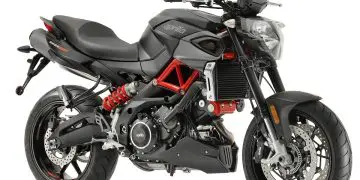The Kawasaki Vulcan family is acclaimed worldwide for providing an unparalleled cruiser experience, perfect for long trips. Throughout history, Vulcans have gained recognition for their exceptional engineering, robust strength, and lively aesthetics. Currently, Kawasaki focuses on serving diverse preferences, offering a range of options that satisfy both modern sporty tastes and traditional preferences.
This year’s Vulcan lineup reflects this intention, featuring the sporty Vulcan S, the classic and timeless Vulcan 900, the luxurious bagger cruiser Vulcan 1700 Vaquero, and the touring cruiser – the Vulcan 1700 Voyager. With this diverse range, Kawasaki provides cruiser bike experiences for riders of all levels, from beginners to experienced enthusiasts. However, there was a time when Kawasaki produced a Vulcan exclusively for the most demanding riders. Many consider it as one of the best cruiser bikes ever produced by a Japanese manufacturer.
The Vulcan family was initially launched in 1984, with models like the Vulcan 1500 and Vulcan 1600 setting high standards for the company. However, Kawasaki wanted to push the boundaries even further. Thus, they introduced the Vulcan 2000, setting new benchmarks for engine displacement, power, and cruiser feel in 2004. This move boosted the company’s sales and ensured its dominance in the market for several years.
Although there are currently larger cruiser bikes, such as the Triumph Rocket 3 and the beautiful Ducati Diavel V4, the Vulcan 2000 was the pioneering attempt to exceed a 2000 cc displacement in the cruiser bike segment. This article analyzes the significance of this iconic machine, the sixth Vulcan and the largest ever produced in the popular Vulcan family. Despite its relatively short duration of six years, until 2010, this “muscle cruiser” undoubtedly had an impact on the entire industry.

The Kawasaki Vulcan 2000 has a 2,053 cc engine, the largest for a cruiser at the time, which attracted the attention of enthusiasts at the time and continues to do so. Kawasaki dedicated over three years to its development to ensure a superior product. They designed the large V-twin engine and fine-tuned it to provide impressive power, reaching a peak of 104 hp in the base model in 2004, with a torque of 176.9 Nm and a top speed of 200 km/h. The subsequent models, produced until 2010, saw performance improvements, reaching 116 hp and 191 Nm. A Hyvo primary drive chain transferred this power from the engine to the 5-speed transmission, which includes a wet multi-plate clutch.
With a bore and stroke of 103 mm x 123.2 mm, the DOHC fuel-injected engine included the largest pistons ever used in a motorcycle, along with steel alloy connecting rods, substantial 220 mm flywheels, and dual overhead camshafts within a one-piece crankcase, with right-side pushrods operating four valves per cylinder. It also used integrated oil and water pumps, with the top section of the engine being liquid-cooled, while the lower two-thirds benefited from cooling fins for optimal temperature regulation.
In addition, the motorcycle features dual exhaust pipes that run parallel along the frame, emitting the classic sound of a V-twin, in part thanks to the single-pin crankshaft. The rubber engine mounts ensure smooth operation, while the hydraulic valve clearance adjusters maintain zero valve clearance for quieter performance.








